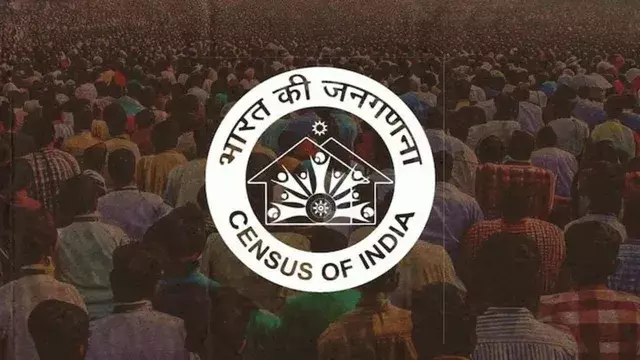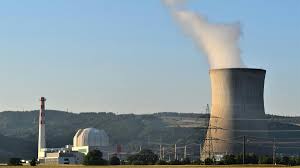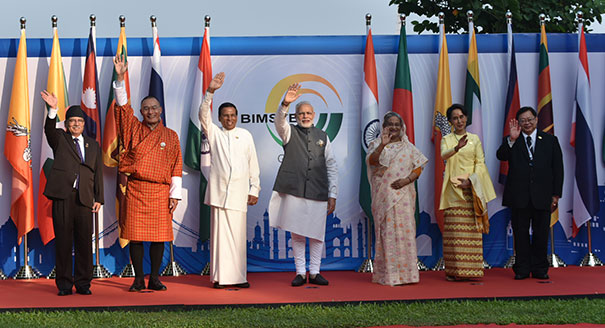- Courses
- GS Full Course 1 Year
- GS Full Course 2 Year
- GS Full Course 3 Year
- GS Full Course Till Selection
- Answer Alpha: Mains 2025 Mentorship
- MEP (Mains Enrichment Programme) Data, Facts
- Essay Target – 150+ Marks
- Online Program
- GS Recorded Course
- Polity
- Geography
- Economy
- Ancient, Medieval and Art & Culture AMAC
- Modern India, Post Independence & World History
- Environment
- Governance
- Science & Technology
- International Relations and Internal Security
- Disaster Management
- Ethics
- NCERT Current Affairs
- Indian Society and Social Issue
- NCERT- Science and Technology
- NCERT - Geography
- NCERT - Ancient History
- NCERT- World History
- NCERT Modern History
- CSAT
- 5 LAYERED ARJUNA Mentorship
- Public Administration Optional
- ABOUT US
- OUR TOPPERS
- TEST SERIES
- FREE STUDY MATERIAL
- VIDEOS
- CONTACT US
NEW SOLAR POWER SCHEME FOR PVTGS UNDER PM JANMAN
NEW SOLAR POWER SCHEME FOR PVTGS UNDER PM JANMAN
- In January 2024, The President has given approval for a new Solar Power Scheme for villages inhabited by Particularly Vulnerable Tribal Groups (PVTGs) under the PM JANMAN scheme.
- It is implemented by the Ministry of New and Renewable Energy (MNRE) as part of PM-JANMAN.
- The scheme covers electrification in PVTG areas located in 18 States and UT of Andaman & Nicobar Islands.
- It focuses on off-grid solar systems where grid-based electricity supply is not feasible.
Components:
- Electrification of 1 lakh PVTG Households through Off-grid Solar Power:
- Solar Home Lighting System (SHLS) provided free of cost for scattered un-electrified Households.
- Central Financial Assistance (CFA) covers system cost, transportation, installation, maintenance for 5 years, and taxes.
- Provision of 0.3 kW Solar off-grid system for each HH.
- Solar Mini-Grid:
- Installed for clusters of households in PVTG habitation/hamlet instead of individual Solar Home Lighting System (SHLS).
- MNRE provides Central Financial Assistance (CFA) support limited to Rs. 50,000 per un-electrified household covered under the Mini-Grid.
- The developer is responsible for operating and maintaining the Mini-Grid for a minimum of 5 years.
- Solarization of multi-Purpose Centers (MPCs):
- Installation of solar street lighting and provision of lighting in 1500 MPCs where grid electricity is unavailable.
- Each MPC receives Rs. 1 lakh for solarization.
- Implementation Agency: The respective DISCOM in the PVTG area serves as the implementing agency for the Scheme.
Understanding the PM-JANMAN scheme
-
About
- The Ministry of Tribal Affairs launched the Pradhan Mantri-Janjati Adivasi Nyaya Maha Abhiyan (PM-JANMAN) Scheme.
- It focuses on uplifting Particularly Vulnerable Tribal Groups (PVTGs) and integrating them into the mainstream
-
Implementation:
- Executed by the Ministry of Tribal Affairs in collaboration with state governments and PVTG communities.
- Comprises both Central Sector and Centrally Sponsored Schemes.
-
Critical Interventions:
- Managed by 9-line Ministries.
- Aims to implement existing schemes in villages inhabited by PVTGs.
-
Scope: The mission's primary scope is to comprehensively enhance the living conditions of PVTG (Particularly Vulnerable Tribal Group) households and habitations by ensuring they have access to essential amenities and services. This includes:
- Safe Housing: - Ensuring that every PVTG household has access to secure and habitable housing, protecting them from environmental challenges and providing them with a sense of security.
- Clean Drinking Water and Sanitation: - Guaranteeing access to clean and safe drinking water sources and promoting proper sanitation facilities, reducing health risks and improving overall well-being
- Education: - Enhancing accessibility to quality education, with a focus on increasing enrollment and retention rates among PVTG children, thus empowering them with knowledge and skills for a better future
- Healthcare and Nutrition: - Ensuring PVTG communities have easy access to healthcare services, including regular check-ups and nutrition programs, to improve overall health outcomes
- Road and Telecom Connectivity: - Establishing Road infrastructure, electricity and telecom connectivity to connect PVTG habitations facilitating economic opportunities and access to information
- Sustainable Livelihood Opportunities: - Promoting sustainable livelihood options within or near PVTG habitations, empowering them economically and reducing their dependency on marginal resources
- Critical Interventions:-The mission aims to cover all eligible PVTG beneficiaries and PVTG habitations through 11 critical interventions through 9 Ministries including MoTA which are as follows:
S.No. |
Activity |
Scheme |
Ministry |
|
1. |
Provision of pucca houses |
Pradhan Mantri Awas Yojna-Gramin |
Ministry of Rural Development |
|
2. |
Connecting roads |
Pradhan Mantri Gram Sadak Yojna |
Ministry of Rural Development |
|
3a. |
Piped Water Supply |
Jal Jeewan Misison (JJM) |
Ministry of Jal Shakti |
|
3b. |
Community water supply |
Jal Jeewan Misison (JJM) |
Ministry of Jal Shakti |
|
4. |
Mobile Medical Units with medicine cost |
National Health Mission |
Ministry of Health and Family Welfare |
|
5. |
Construction and running of hostels |
Samagra Shiksha |
Department of School education and Literacy |
|
6. |
Construction and running of Anganwadi Centers |
Anganwadi Services |
Ministry of Women and Child Development |
|
7. |
Setting up of Van Dhan Vikas Kendras |
PM Janjatiya Vikas Mission |
Ministry of Tribal Affairs |
|
8. |
Construction of Multipurpose Centers (MPC) |
Development of PVTG |
Ministry of Tribal Affairs |
|
9. |
Energization of unelectrified Households |
Revamped Distribution Sector Scheme (RDSS) |
Ministry of Power |
|
9a. |
Solar lighting in streets & MPCs |
New Solar Power Scheme |
Ministry of Non-Renewable Energy Sources |
|
9b. |
Provision of 0.3 kW solar off-grid system |
New Solar Power Scheme |
Ministry of Non-Renewable Energy Sources |
|
10. |
Installation of mobile towers |
Universal Service Obligation Fund (USOF) |
Department of Telecommunication |
|
11. |
Vocational Education and skilling |
Samagra Shiksha Abhiyan & PM Kaushal Vikas |
Department of School Education and Literacy & Ministry of Skill Development |
- Expected Impact:
- Enhancing the quality of life and well-being of PVTGs.
- Addressing multiple forms of discrimination and exclusion.
- Recognizing and valuing their unique contributions to national and global development.
Challenges in Implementation of PM- JANMAN Scheme with their respective solutions:
Challenges |
Solutions |
|
Data inaccuracy |
|
|
Lack of transparency |
|
|
Lack of accountability |
|
|
Loss of ecological diversity |
|
|
Loss of cultural heritage |
|
|
Lack of autonomy |
|
These solutions address the identified challenges and aim to facilitate effective implementation of initiatives for Particularly Vulnerable Tribal Groups (PVTGs) while minimizing potential obstacles.
Who are Particularly Vulnerable Tribal Groups (PVTGs)?
- Established in 1973 as Primitive Tribal Groups (PTGs) by the Dhebar Commission.
- Renamed as PVTGs by the Government of India in 2006, they reside in remote, inaccessible areas facing infrastructural and administrative challenges.
- These groups are largely uniform in composition, characterized by small populations, physical isolation, simple social structures, lack of a written language, basic technology, and a slower pace of societal change.
- Four characteristics of PVTGs are
- Preservation of pre-agricultural practices,
- Hunting and gathering practices,
- Decreasing or stagnant population growth, and
- Relatively low levels of literacy in contrast to other tribal groups.
- Out of 705 Scheduled Tribes (STs) across 18 states and 1 Union Territory (Andaman and Nicobar Islands), there are 75 Particularly Vulnerable Tribal Groups (PVTGs), totaling approximately 27.6 lakh individuals as per the 2011 Census.
- Odisha (15) having the highest number of PVTGs followed by Andhra Pradesh (12).
Other Initiatives for PVTGs:
- Janjatiya Gaurav Divas: A celebration recognizing the cultural heritage and contributions of tribal communities.
- Viksit Bharat Sankalp Yatra: A developmental journey focusing on uplifting marginalized communities, including PVTGs.
- PM PVTG Mission: A mission aimed at addressing the specific needs and challenges faced by PVTGs, ensuring their holistic development and integration into society.



